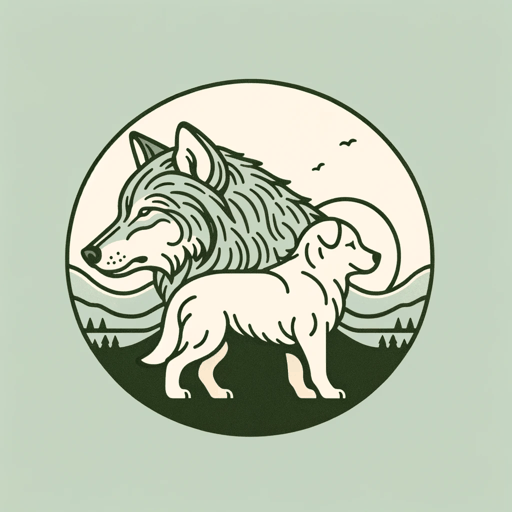45 pages • 1 hour read
Jack LondonWhite Fang
Fiction | Novel | YA | Published in 1906A modern alternative to SparkNotes and CliffsNotes, SuperSummary offers high-quality Study Guides with detailed chapter summaries and analysis of major themes, characters, and more.
Background
Geohistorical Context
London’s narrative is set in the Yukon Territory in the late 19th century. Due to the harsh climate, settlement was sparse. Indigenous communities are the original inhabitants of the region, and Russian fur traders and missionaries arrived in the mid-19th century. Settlement increased drastically with the Klondike Gold Rush of 1896. American, Canadian, and European men flocked to the region, where they set up camps to mine for gold. The influx of population and wealth increased trade—and conflict—with local Indigenous communities. Because the Yukon is notoriously harsh due to its intense cold and lack of available resources, survival was a major challenge to both Indigenous people and white gold rush mining communities.
The novel’s geographical setting frames White Fang’s journey from a precarious existence in the wilderness to the relative security of living among humans. White Fang is half wolf, half dog, and this dichotomy symbolizes his conflicting instincts to, on the one hand, live freely in the wilderness, and on the other, to desire the comfort and affection of human society. The setting complicates White Fang’s relationship with humans.
The desperation men develop in such brutal circumstances informs the way they treat animals like White Fang.
Related Titles
By Jack London

A Piece of Steak
Jack London

Martin Eden
Jack London

South of the Slot
Jack London

The Call of the Wild
Jack London

The Iron Heel
Jack London

The Law of Life
Jack London

The Sea-Wolf
Jack London

To Build a Fire
Jack London

